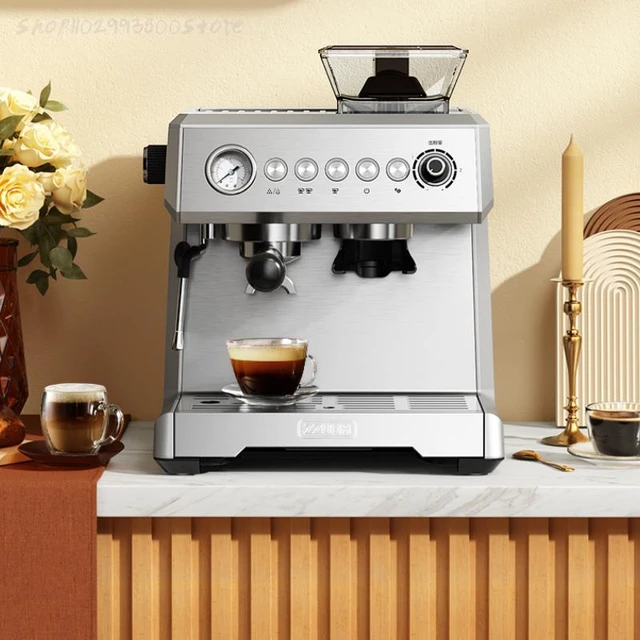
Introduction
Keurig coffee makers have become a popular choice for convenient and quick coffee brewing. However, like any appliance, Keurig machines may encounter issues that can cause them to stop working. Understanding the common causes for a Keurig to stop working can help you troubleshoot and potentially resolve the problem. In this guide, we will explore several potential causes for a non-functioning Keurig and provide troubleshooting steps to help get your machine back up and running.
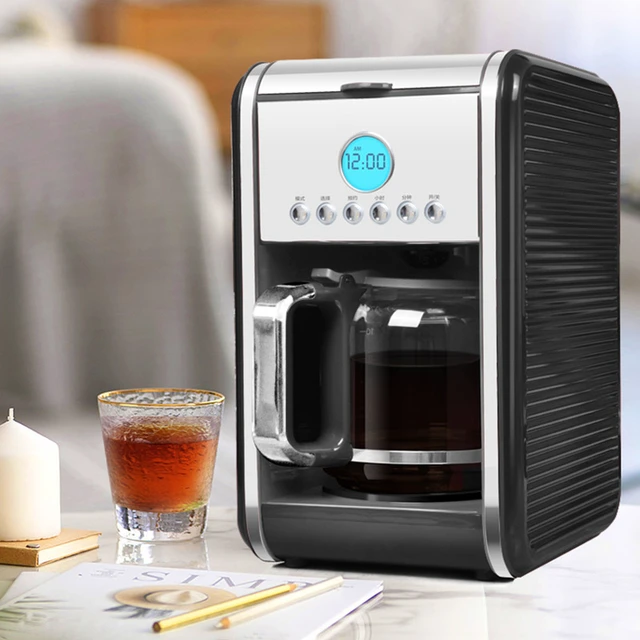
What would cause my Keurig to stop working?
Power Issues
One of the first things to check when your Keurig stops working is the power supply. Here are a few potential power-related issues to consider:
Power Outlet: Ensure that the Keurig is plugged into a working power outlet. Try plugging another device into the same outlet to confirm that it is functioning correctly.
Power Cord: Check the power cord for any damage or loose connections. Ensure that it is securely plugged into the back of the Keurig machine.
Circuit Breaker: If the power outlet is working, but the Keurig still doesn’t power on, check the circuit breaker or fuse box in your home. Make sure the circuit breaker that controls the outlet is not tripped.
Water Supply Problems
The availability of water is crucial for the proper functioning of a Keurig machine. If your Keurig is not working, consider the following water supply issues:
Water Reservoir: Check that the water reservoir of your Keurig is properly filled and seated in place. Ensure that it is properly aligned with the machine and making a secure connection.
Water Quality: Poor water quality with high mineral content can lead to clogs and blockages in the Keurig system. Consider using filtered water or descaling your Keurig regularly to prevent mineral buildup.
Water Line Blockage: If your Keurig has a direct water line connection, make sure the water line is not kinked or obstructed. Check for any clogs or buildup in the water line that may be impeding water flow.
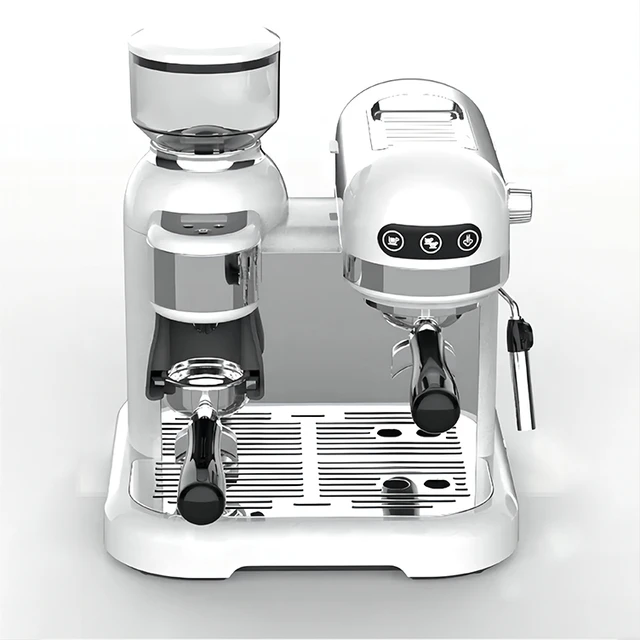
Clogging or Blockages
Clogs and blockages can significantly affect the performance of a Keurig machine. If your Keurig is not brewing properly or not working at all, consider the following clogging-related issues:
Needle Blockage: The needles that puncture the K-Cup can become clogged with coffee grounds, preventing proper water flow. Gently clean the needles using a paper clip or the Keurig needle-cleaning tool to remove any debris.
Brew Basket: The brew basket where the K-Cup sits can become clogged with coffee grounds or other debris. Remove the brew basket and rinse it thoroughly to ensure it is clean and free from any blockages.
Water Line Blockage: If you suspect a water line blockage, try flushing the system by running a few cycles of just water through the Keurig. This can help dislodge any debris or buildup that may be causing the blockage.
Descaling Needs
Descaling is an important maintenance task for Keurig machines, as it helps remove mineral deposits that can accumulate over time. If your Keurig is not working properly, consider whether it may require descaling:
Descaling Schedule: Check the manufacturer’s recommendations for descaling frequency based on your specific Keurig model. If it has been a while since your last descaling, it may be time to perform this important maintenance task.
Descaling Process: Follow the manufacturer’s instructions for descaling your Keurig machine. Typically, this involves using a descaling solution or a mixture of water and vinegar to remove mineral deposits. Proper descaling can help restore your Keurig’s performance.
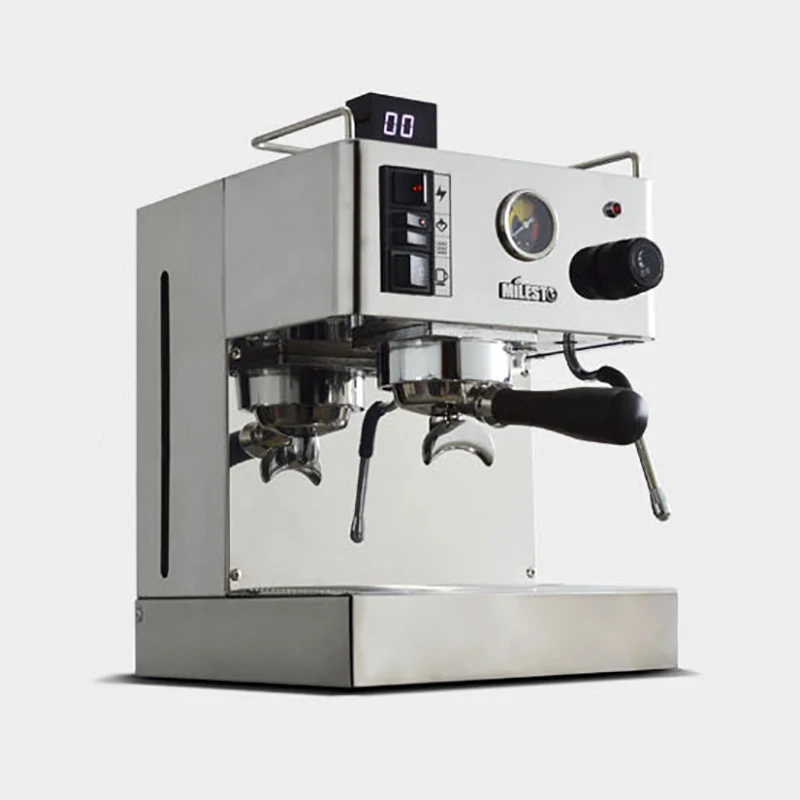
Keurig Sensor Issues
In some cases, sensor issues can cause a Keurig machine to malfunction. Consider the following possibilities:
Sensor Alignment: Ensure that the water reservoir and other components are properly aligned with the machine. If there is a misalignment, the sensors may not register correctly, causing the Keurig to stop working.
Sensor Cleaning: Over time, the sensors in a Keurig machine can become dirty or covered in residue, which can affect their functionality. Clean the sensors gently using a soft cloth or cotton swab to remove any dirt or debris.
Sensor Blockage: Check for any blockages near the sensors, such as coffee grounds or other debris. Clear any obstructions to ensure the sensors can function properly.
Mechanical or Internal Issues
If none of the above troubleshooting steps resolve the issue, it is possible that there may be mechanical or internal problems with your Keurig machine. In such cases, it is recommended to contact Keurig customer support for further assistance. They can provide guidance on diagnosing and resolving more complex issues or arrange for repairs or replacements if necessary.
Keurig Firmware or Software Issues
In rare cases, Keurig machines may experience firmware or software issues that can lead to malfunctions. If you have ruled out other causes and your Keurig is still not working, consider the following possibilities:
Firmware Updates: Check if there are any firmware updates available for your Keurig model. Updating the firmware can help resolve any software-related issues and improve the overall performance of the machine. Follow the instructions provided by Keurig for updating the firmware.
Resetting the Machine: Performing a factory reset can sometimes resolve software-related issues. Refer to the user manual or the Keurig website for instructions on how to reset your specific Keurig model. Keep in mind that a factory reset will erase any personalized settings, so you may need to reconfigure your preferences afterward.

Electrical Problems
In some cases, electrical problems can cause a Keurig machine to stop working. If you have ruled out other causes and suspect an electrical issue, consider the following:
Check the Power Cord: Examine the power cord for any visible damage or fraying. If you notice any issues, it may be necessary to replace the power cord to ensure safe and reliable operation.
Power Surge or Overload: If your Keurig suddenly stopped working after a power surge or electrical overload, it is possible that the machine’s internal components have been damaged. In such cases, it is recommended to contact Keurig customer support for further guidance.
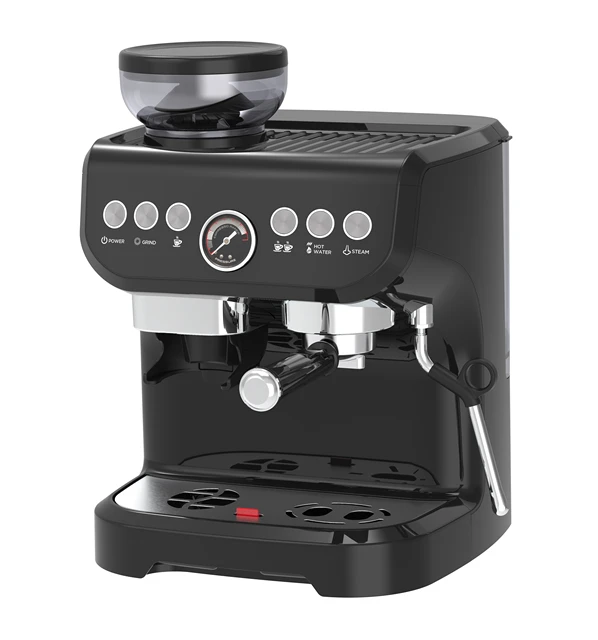
Conclusion
When your Keurig machine stops working, it can be frustrating, but understanding the common causes of malfunction can help you troubleshoot and potentially resolve the issue. Start by checking power supply, water supply, and potential clogs or blockages. Descaling regularly and performing basic maintenance tasks can also prevent many problems. If the issue persists or appears to be more complex, reach out to Keurig customer support for further assistance. By following these troubleshooting steps and seeking appropriate help when needed, you can get your Keurig machine back up and running, allowing you to continue enjoying the convenience of quick and delicious coffee at home.